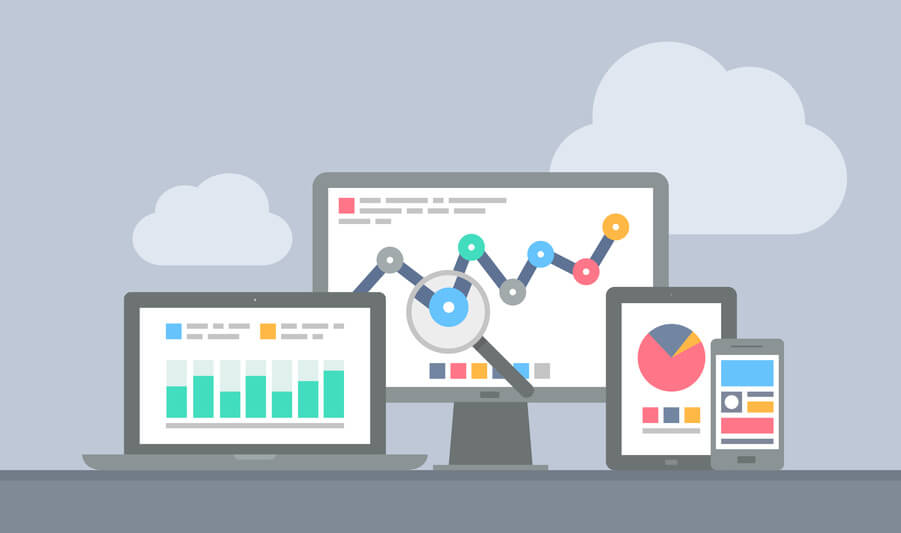Put the adoption and value of your BI investments at the heart of your BI strategy.
The use of the tools that are implemented in IT projects should be analysed. These monitoring functionalities should become one of the deliverables for each new application. This adoption is necessary because in BI, the usage rate is a factual way to judge the success of implementation projects. BI is inherently different from ECC; business intelligence is about analysing, monitoring, forecasting whereas ERP is about executing. ERP users have no option but to use its functionality, as it is the tool that enables the transactions that are at the heart of business life. On the other hand, BI reports, depending on a number of reasons that we will see later, may not be used.
Why are your BI reports not used as much as you would like?
There are many reasons why your BI reporting may be underused. In order of probability we can mention :
- Training of business users, particularly in companies with a weak decision-making culture
- Distrust in reporting tools and data
- Weak IT governance that allows for local alternatives
- Lack of centralized supervision of business teams
How to monitor the use of BI tools :
- Use the SAP standard content that allows you to track the use of your BI reports by user / day / report.
- Monitor the number of navigations. This gives an idea of the activity and the number of unique users per month, which makes it possible to analyse the development of the user base. Thanks to the history, a month by month comparison as well as a comparison to the previous year allows a complete analysis.
- Create a visual representation of the figures obtained above. You can enrich it with axes of analysis such as the geographical location of users, or the functional categorisation of reports for example. These figures should be shared with management in order to be transparent about the progress made.
Below: an example of a dashboard .
.
Considerations for BI tool deployments during core model roll-outs.
When BI tools are designed via a "Core Model", to be deployed in successive waves at sites, alongside ERP deployments, certain problems are common. BI architectures may not require any configuration during roll-outs. This often has the effect of neglecting the project phase in order to reduce costs or make resources available. However, the project phases, and more particularly the UAT phase, not only allow the data to be validated. They also give the Key Users the opportunity to appropriate the BI tools and to trust them afterwards.
Some actions and tips to improve the adoption of your BI investments
Once the monitoring tools are in place, it is time to establish an action plan to maximise the use of your BI investments:
- Establish and lead a community of Key User BI
- Train key users and end-users
- Taking care of data availability
- Maintaining good performance for carry-over
- Adopt transparent communication on operational maintenance
- Correcting incidents in a reactive manner
Trust in an IT system is built over time. That is why your actions must be long-term. The habits of your end-users cannot be changed overnight.
Jérôme Blanc
Latest articles by Jérôme Blanc (view all)
- SAP HANA Native Storage Extension (NSE) Q&A : Questions and Answers - February 6, 2020
- How to optimise your Data Platform investments? - 4 February 2020
- Stop saying 'BI Manager' and start saying 'Digital Data Manager' - 1 April 2019
